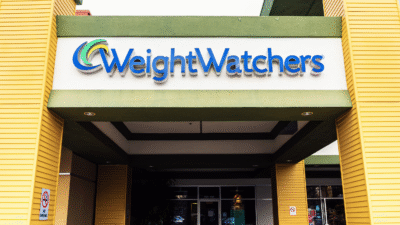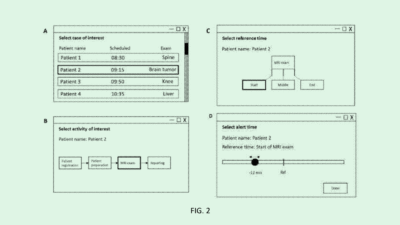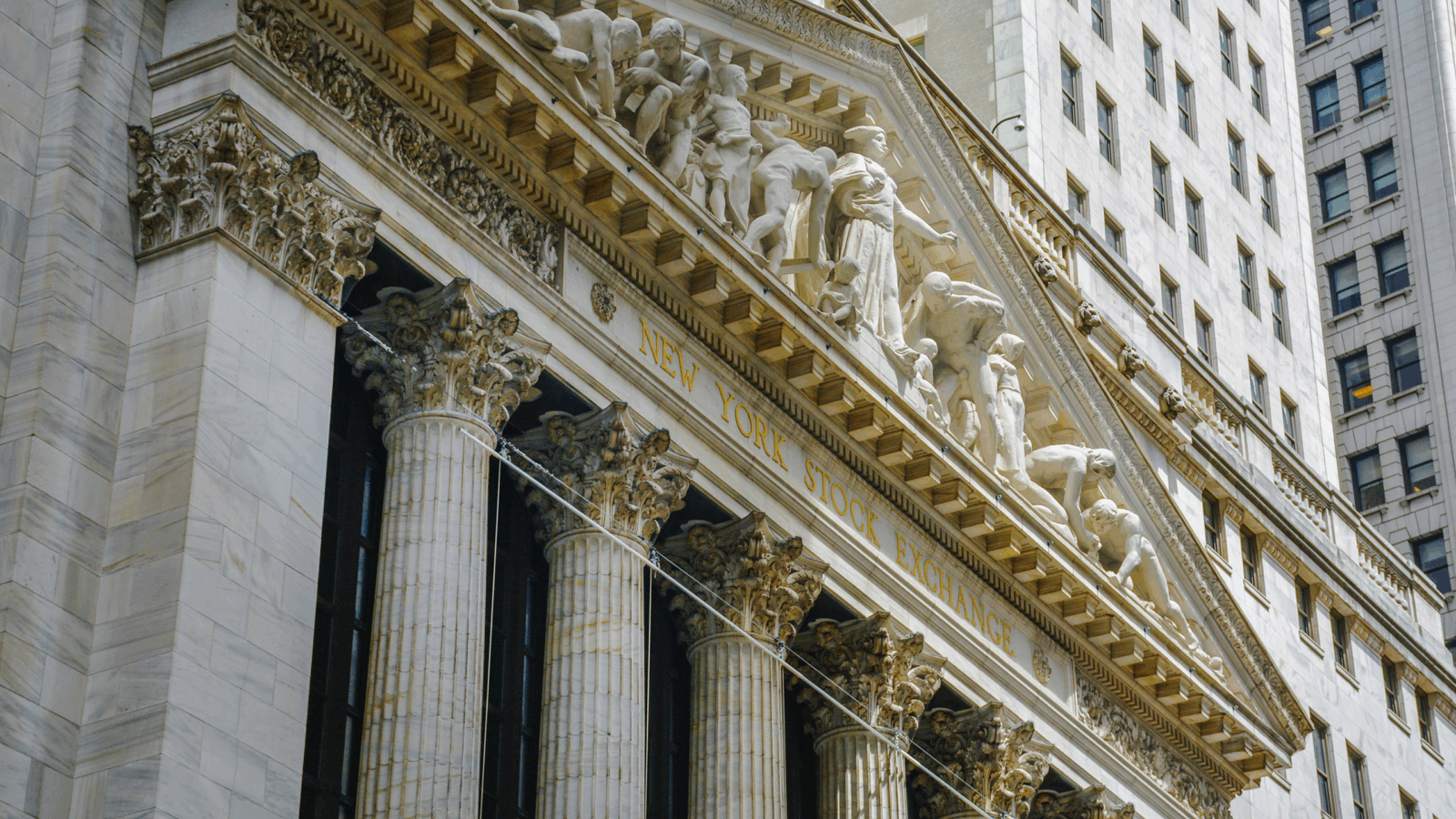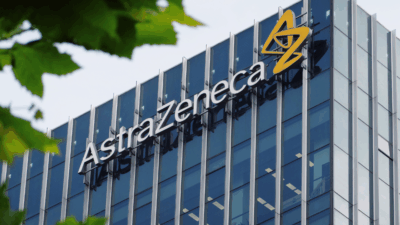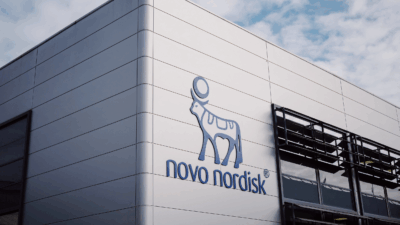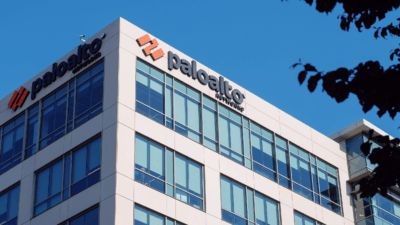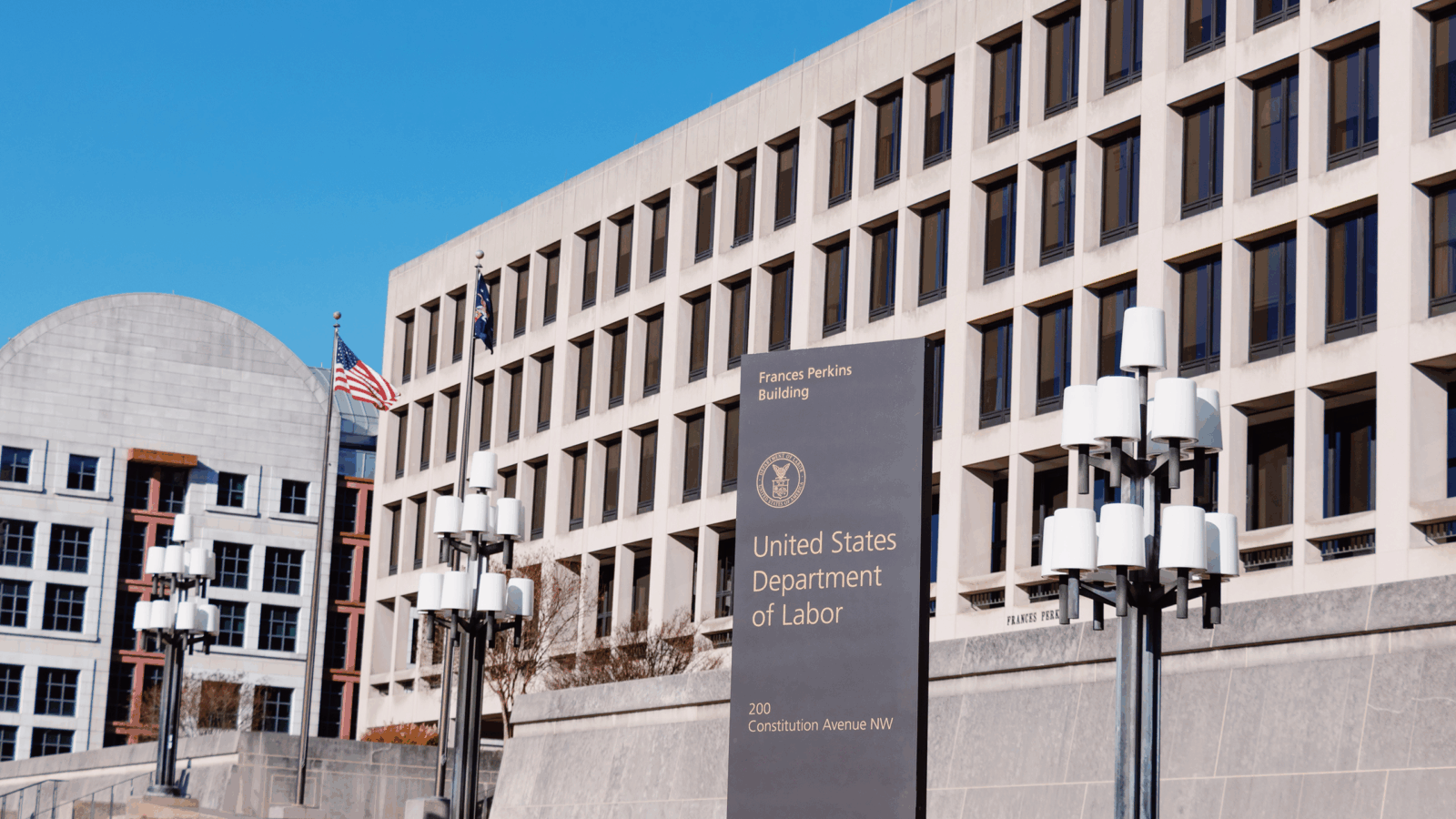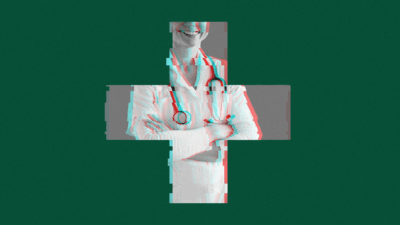
Sign up for smart news, insights, and analysis on the biggest financial stories of the day.
US healthcare companies are ailing. The diagnosis? A case of possibly debilitating debt.
The etiology is a dual-pronged attack of rising labor costs and rising interest rates following a leverage-fueled dealmaking frenzy, according to a report in the Financial Times.
The Private Equity Firm Will See You Now
While historically inoculated against economic downturns, a large part of the healthcare sector is now finding itself immunocompromised. “Capital structures will become unsustainable,” claimed a Moody’s Investors Services report last month that analyzed healthcare firms with low-rated credit — a loathsome category many organizations in the sector find themselves in thanks to The Fed’s interest rate hike campaign (which started to ramp down on Wednesday) and its impact on the volatile leveraged loan market. The pandemic boomlet fueled widespread healthcare M&A, running the gamut from UnitedHealth’s $13 billion acquisition of health-tech company Change Healthcare to mega-mergers of local hospital systems. All the activity has landed the healthcare industry in second place on Morningstar’s “leveraged loan” index, behind only the software industry.
Then there’s private equity, which accounted for a stunning 50% of all funding regardless of sector in 2022, Edwin Conway Global Head of BlackRock Alternatives told the iConnections Conference in Miami on Tuesday. The past two years were the biggest on record for healthcare-private equity unions by deal volume and deal value, according to a recent report from Bain & Company. That frenetic dealmaking has only exacerbated the industry’s reliance on debt and loans, with 95% of healthcare companies on Moody’s distressed debt watchlist under the control of PE firms.
Now, soaring costs are moving the industry’s pain tolerance from “neutral-faced moderate” to “ultra-frowny very severe” on the doctor’s offices’ sliding scale of pain chart:
- After initially lagging other groups’ wage growth at the outset of the pandemic, healthcare workers are seeing their raises surpass most other peers’. From February 2020 to November 2022, private healthcare employees saw a 17% wage increase, compared to a 15% raise for all private sector employees, according to Kaiser’s Health Tracker System released last month.
- Swollen labor costs coupled with low margins led S&P Global Ratings to declare downgrades will outpace upgrades this year. Overall, firms on Moody’s distressed debt watchlist owed nearly $65 billion in December.
Point of Interest: Skilled nursing facilities and rural hospitals, which often just barely scrape by, are even more vulnerable to the crushing load of higher interest rates, John McClain, portfolio manager at Brandywine Global Investment told the FT, adding “There are a number of zombie companies in the space… that need to be addressed either through recapitalization or elimination.” Let’s hope they find a cure.


